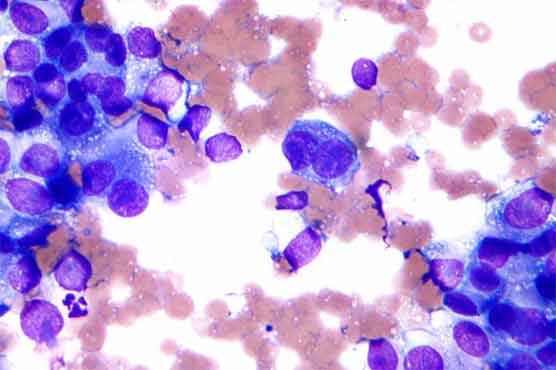Scientists identifies genes cause skin cancer

Scientists identified genes which can raise risk of skin cancer by 30 per cent.

Scientists identified genes which can raise risk of skin cancer by 30 per cent.